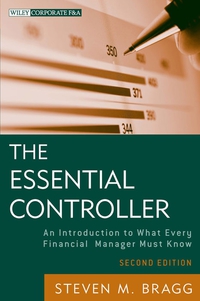


5. Assume the following are the fiscal year income statement and balance sheet of Whole Foods Market, Inc. Income Statement ($ thousands) Sales Cost of goods sold and occupancy costs Gross profit Direct store expenses General and administrative expenses Pre-opening and relocation costs Operating income Other income expense Interest expense Investment and other income Income before income taxes Provision for income taxes Net income 2016 $4,701,289 3,052,184 1,649, 105 1,223,473 158,864 37,035 229,733 (2,223) 9,623 237,133 100,782 $ 136,351 Continued next page 2016 2015 $ 308,524 36,922 66,682 174,848 45,965 39,588 672,529 1,054,605 112,476 21,990 22,452 5.244 $1.889.296 $ 194,747 26,790 64,972 152,912 16,702 29.974 486,097 873,397 112,186 24,831 4,193 20.302 $1.521.006 Balance Sheet ($ thousands) Assets Cash and cash equivalents Restricted cash Trade accounts receivable Merchandise inventories Prepaid expenses and other current assets Deferred income taxes Total current assets Property, plant and equipment, net Goodwill Intangible assets, net Deferred income taxes Other assets Total assets Liabilities and Shareholders' equity Current portion of long-term debt Trade accounts payable Accrued payroll, bonus and other benefits Dividends payable Other current liabilities Total current liabilities Long-term debt, less current installments Deferred rent liabilities Other long-term liabilities Total liabilities Shareholders' equity Common stock Accumulated other comprehensive income Retained earnings Shareholders' equity Total liabilities and shareholders' equity $ 5,932 103,348 126,981 17,208 164,914 418,383 12,932 91,775 530 523,620 $ 5,973 90,751 100,536 9,361 128,329 334,950 164,770 70,067 1,581 571,368 874,972 4,405 486.299 1,365,676 $1.889.296 535,107 2,053 412.478 949.638 $1.521.006 5. continued Forecast Whole Food Market's 2017 income statement and year-end balance sheet using the following relations (cost of goods sold and occupancy costs can be inferred as sales minus gross profit; and assume no change for all other accounts not listed below). Cash balance is plug figure. 21.6% 35.1% 26.0% 3.4% 0.8% 42.6% 70.16 Sales growth Gross profit margin Direct store expenses General and administrative expenses Pre-opening and relocation costs Provision for income taxes/Income before income taxes Sales/Year-end trade accounts receivable ....... Cost of goods sold and occupancy costs/Year-end merchandise inventories ...... Sales/Year-end property and equipment, net Cost of goods sold and occupancy costs/Year-end trade accounts payable ....... Sales/Year-end accrued payroll, bonus and other benefits due team members ....... Dividends/Net income Dividends/Dividends payable What is the forecasted cash balance at fiscal 2017 year-end? 17.54 4.46 29.63 37.02 40.2% 3.22 a $ 214 million b. $ 416 million C. ($ 319) million d. $1,217 million









